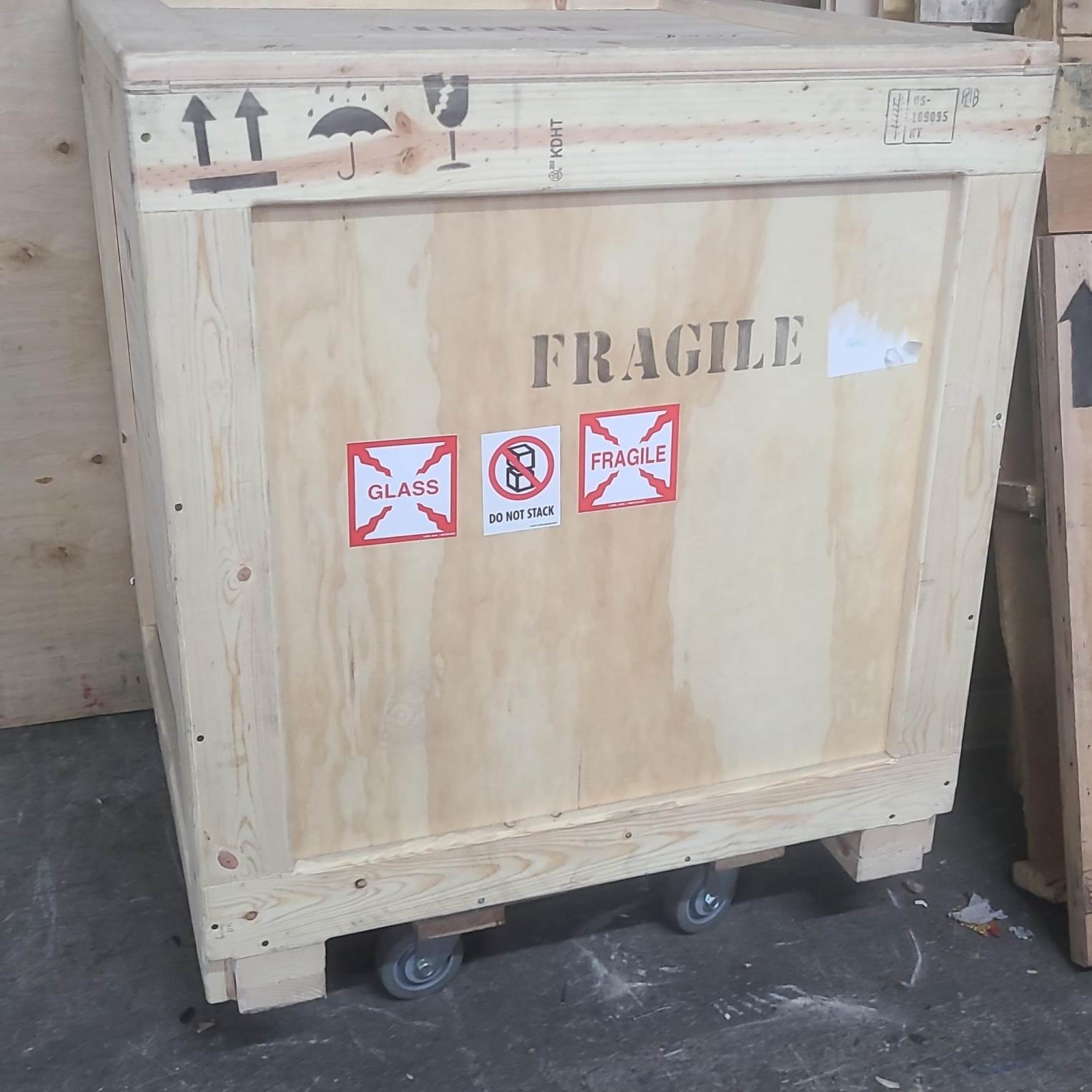An artwork’s journey across the globe is always a risky endeavor. Anything may happen because of human error, carelessness, or an emergency. For this reason, experts in the professional art logistics industry have developed a protective measure – a sturdy art crate that shields the art object from the risks of damage. Here is a glimpse of how protective art crates have evolved throughout history and what technological advancements are currently used to maximize the protection they offer.
First Protective Art Crates: Wooden Boxes
The need to protect artwork in transit emerged in the Renaissance period, when art collections started traveling to royal exhibitions held across the country. In those cases, carpenters devised simple wooden boxes, which could guarantee basic protection against physical damage during transportation. However, those boxes were created without concern for humidity and temperature control, and there was no cushioning inside the nailed box to protect delicate art objects from the bumps on the road.
Emergence of Specialized Art Crates in the 20th Century
The 20th-century technological progress marked a turning point in the crate design, letting art logistics become more secure and encouraging distant international art transportation. Museums and galleries, as well as private art owners, became more demanding in terms of art safety, and industry experts shifted to plywood as a lighter and more durable material. Foam padding was also introduced in the early 20th century to cushion artwork and prevent physical damage.
Awareness of environmental control emerged in the 20th century as well, with a growing understanding of how moisture and temperature affect art objects. Crate producers started using fiberglass in crate manufacturing to stabilize internal conditions, but that tech proved bulky and expensive. The industry evolved in tandem with the development of new insulation materials, making crates more affordable, lightweight, and sturdy in response to the growing demand in the international art shipping market.
Hi-Tech Crates of Modernity
Today’s protective art crates often integrate innovative technologies, such as versatile internal sensors and shock-absorbing foam structures in customized crate interiors. Such crates may include multi-layer foam systems for glass sculptures, antiques, and mixed-media art objects to guarantee maximum protection for fragile elements. The advancement of 3D printing has also enabled the creation of ideal foam inserts, ensuring a tight fit of the artwork within the protective interior structure.
Modern crates come with a balance of security and sustainability, being built of responsibly sourced materials and created for repeated use. The crating industry develops further to provide the best service and the highest security level to art owners and their valuable belongings.
